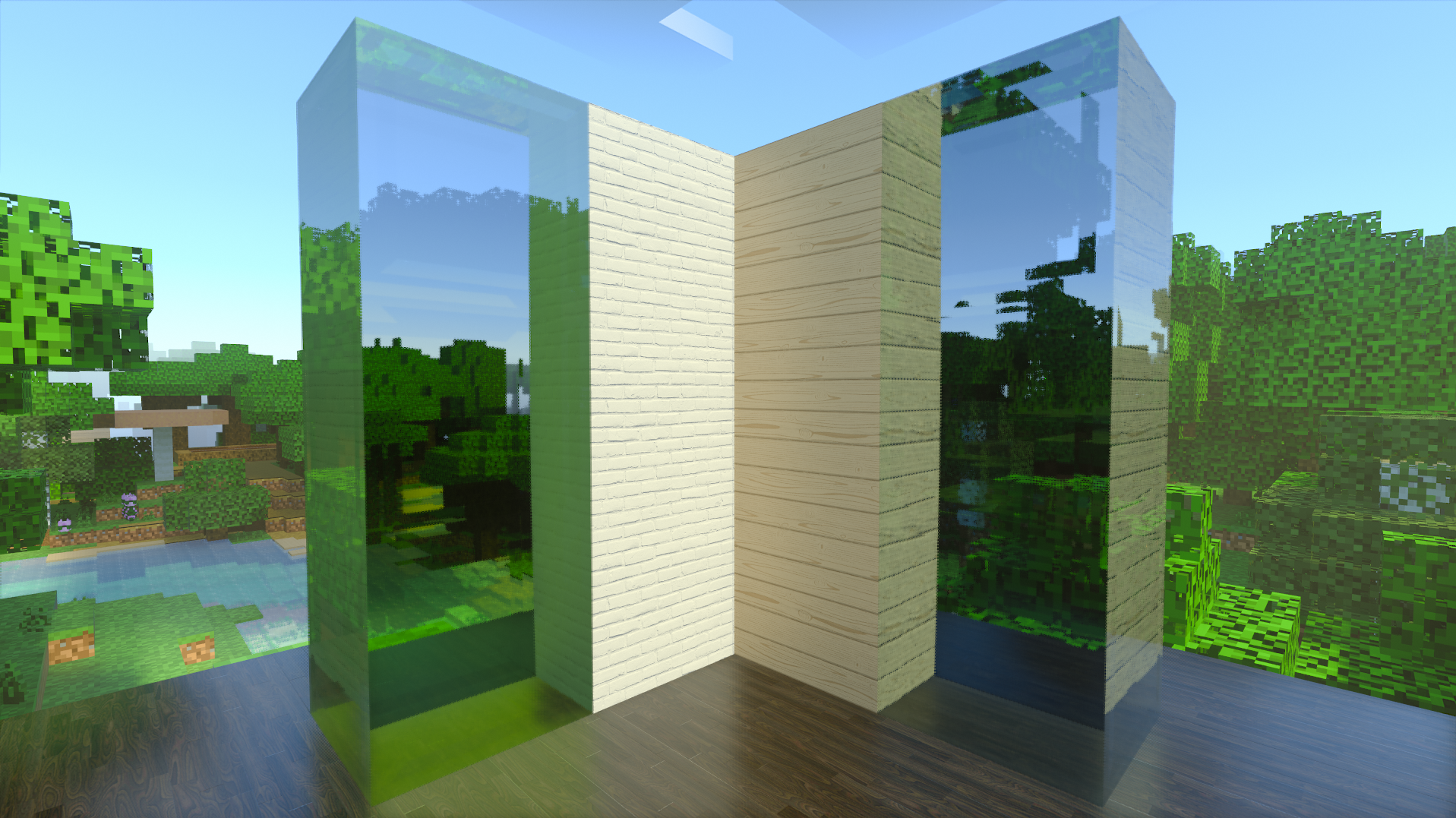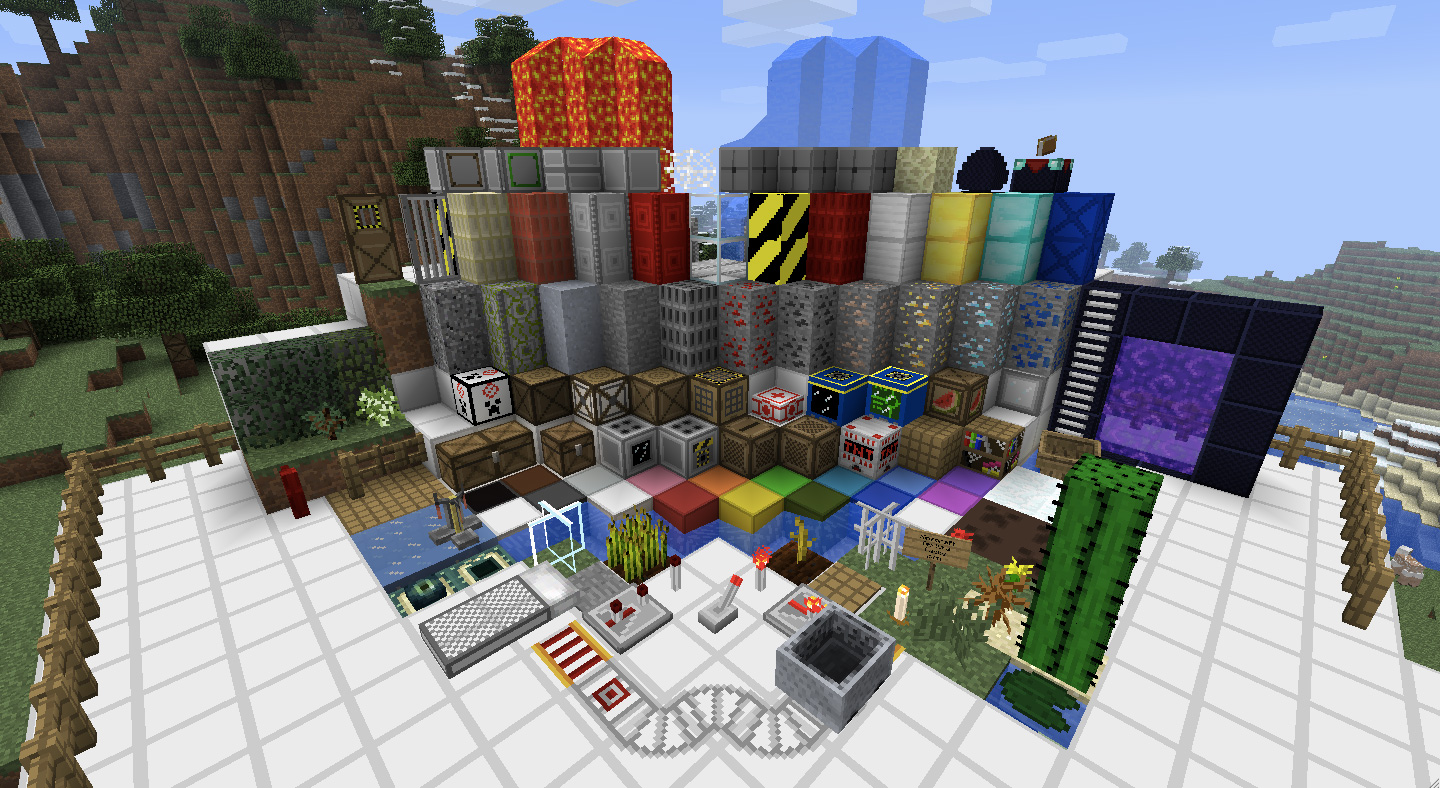


All it does is sample the color on the pixel that is on the 'edge' of the model, and applies that color to the 'thickness' portion. The specific effect that causes this is due to the way Minecraft colors any items that are 1px thick. In order to avoid this problem, you'll need to manually go over each edge in any texture that is having this problem, and remove all of the 'grey' area. As you can see in this first picture, there is a small amount of anti-aliasing around the edges of your image (I've added the grey background for contrast): Your web browser should pop up and display a new tab or window, with your texture tile repeated as a background image.The issue that you are running into here is that, no you have not made the edge "hard". html file is save in, and double-click it. Open Finder (or Windows Explorer), go to the folder your. html file in the same folder as your texture tile. Copy and paste the following code (inserting your filename where I have “texture_flame_200.png”): Make sure you are in Plain Text mode (rather than Rich Text). At the top where the file name is, change the extension to. Here is the easiest way I’ve found to test it out: Sometimes there are annoying patterns that make the texture look fake. Most of the time, you can’t get the real effect of the texture until you try it out. Why Photoshop doesn’t have this capability, I have no idea.


 0 kommentar(er)
0 kommentar(er)
